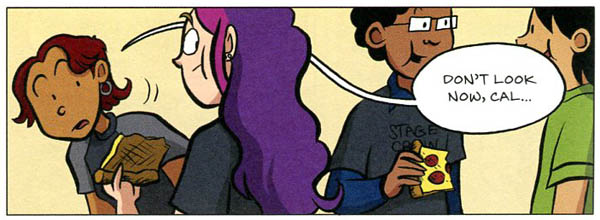

not only write it but know that it had written it” (1950, section 6, p. Pre-empting the argument from consciousness and quoting from Jefferson’s 1949 Lister Oration, “not until a machine can write a sonnet or compose a concerto because of thoughts and emotions felt. In his anticipation of objections to the idea of machines thinking, and testing for it through an imitation game, Alan Turing reminded of a real-life scenario the viva voca in which an interrogator seeks answers to questions from a ‘witness’ (Turing, 1950). This may be a failure on the part of the academic AI community for ignoring the Turing test as an engineering challenge. The authors find that synthetic textual systems, none of which are backed by academic or industry funding, are, on the whole and more than half a century since Weizenbaum’s natural language understanding experiment, little further than Eliza in terms of expressing emotion in dialogue. This paper provides an insight into emotion content in the entries since the 2005 Chatterbox Challenge.

Loosely based on Turing’s viva voca interrogator-hidden witness imitation game, a thought experiment to ascertain a machine’s capacity to respond satisfactorily to unrestricted questions, the contest provides a platform for technology comparison and evaluation. The 2010 instantiation was the tenth consecutive contest held between March and June in the 60th year following the publication of Alan Turing’s influential disquisition ‘computing machinery and intelligence’. AbstractChatterbox Challenge is an annual web-based contest for artificial conversational systems, ACE.


 0 kommentar(er)
0 kommentar(er)
